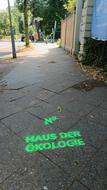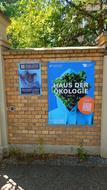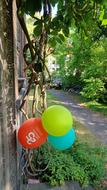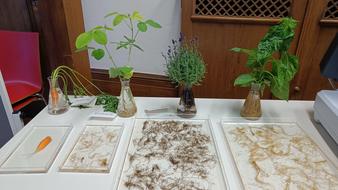Our first time at the Long Night of the Sciences, Berlin
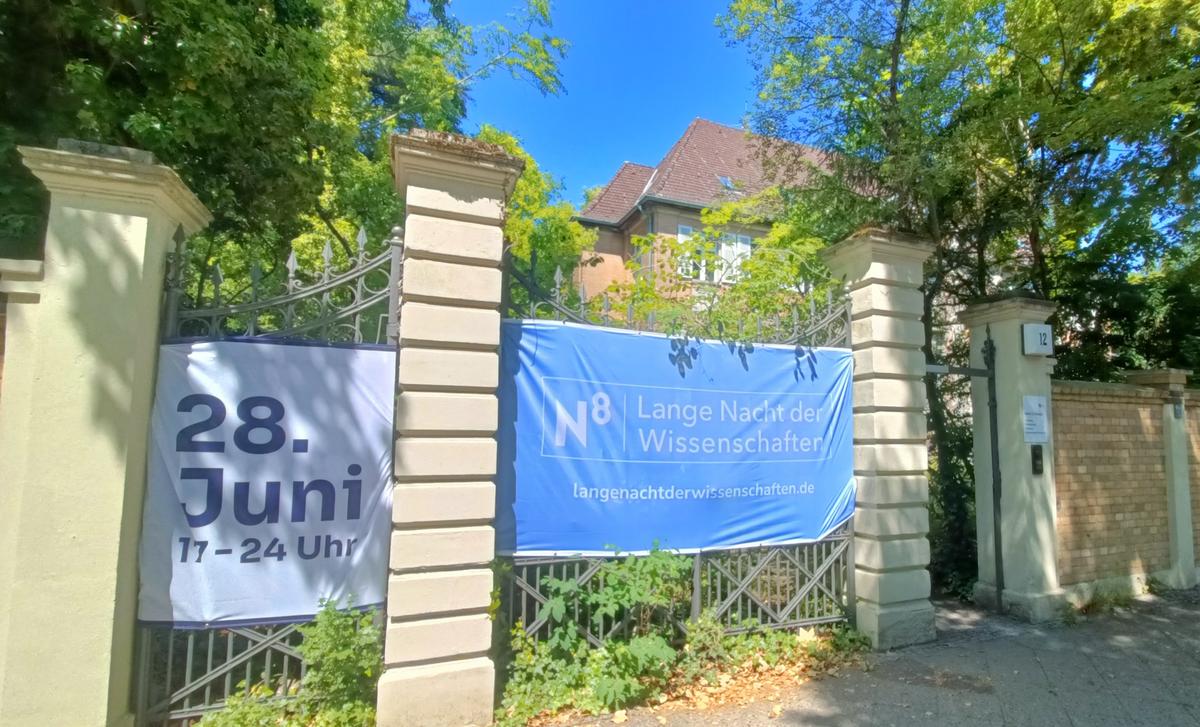
For the first time, the Technische Universität Berlin opened its Campus Steglitz for the Long Night of the Sciences (LNDW) — and we were thrilled to be part of this special 25th anniversary edition. It was an exciting evening full of discovery, lively conversations, and shared enthusiasm for science. From the first visitors in the afternoon until late in the evening, our stands and tours attracted a wonderfully diverse audience, from curious children to long-time science enthusiasts. It was a joy to see so many people eager to learn, ask questions, and experience ecological research up close. Our program offered a wide range of hands-on activities and insights into current research:
Squirrel Detectives: Children became young researchers, discovering how squirrels live, what they eat beyond nuts, and how they contribute to forest ecosystems.
Exploring the City Atmosphere: Visitors learned about the Urban Climate Observatory Berlin and how long-term data on weather, air quality, and climate reveal the complex relationship between urban structures and atmospheric processes.
The Hidden World of Roots: Participants examined the invisible life of roots, scanned samples, analyzed their structures, and learned how roots stabilize soils and sustain plant life.
Historical-Ecological Excursion: A guided walk explored the Fichtenberg, the birthplace of Berlin’s urban ecology, combining history, ecology, and insights into local biodiversity.
Computer Models to Study Invasive Plants: An interactive simulation demonstrated how invasive plants, such as the Canadian goldenrod, spread along railway lines and how computer models can help manage these processes effectively.
Plant Seagrass: An interactive app introduced participants to the importance of seagrass ecosystems. Through a mini-quiz and a symbolic planting activity, visitors could see how individual contributions support restoration and conservation efforts.
From Villa to Ecological Teaching Garden: Visitors explored our teaching and research garden, which evolved from an early 20th-century villa garden into a living laboratory for Central European ecosystems. The tour highlighted how conservation and heritage preservation can be achieved together.
The evening was a great success — not only because of the many visitors, but also because it reminded us how inspiring it is to share science with the public. Presenting our research in such a direct and engaging way sparked numerous conversations, new ideas, and genuine excitement among both guests and researchers. We are already looking forward to the next Long Night of the Sciences, with new projects, discoveries, and many more curious visitors.
